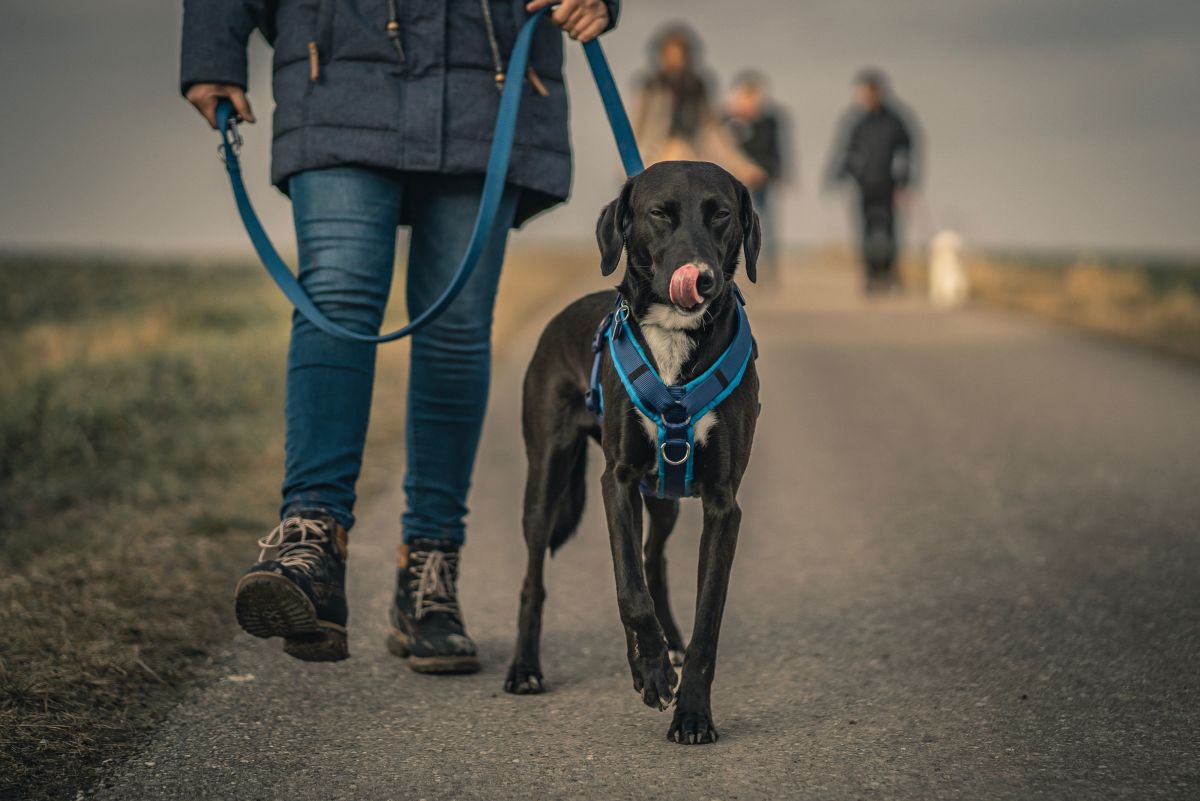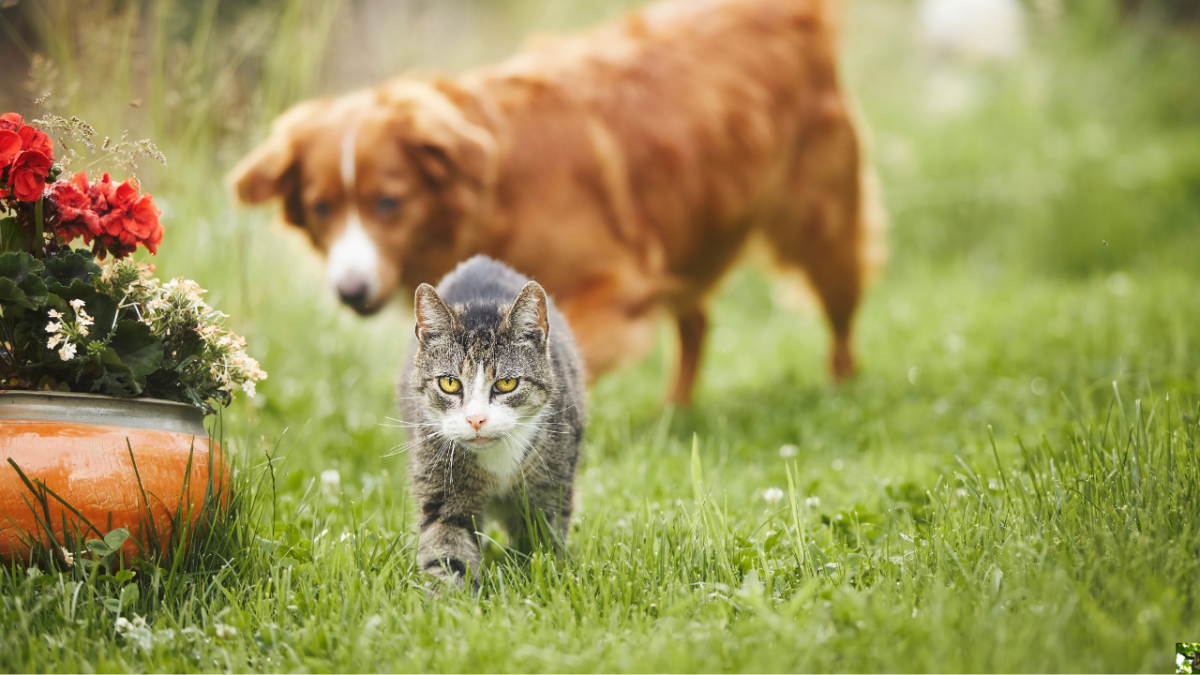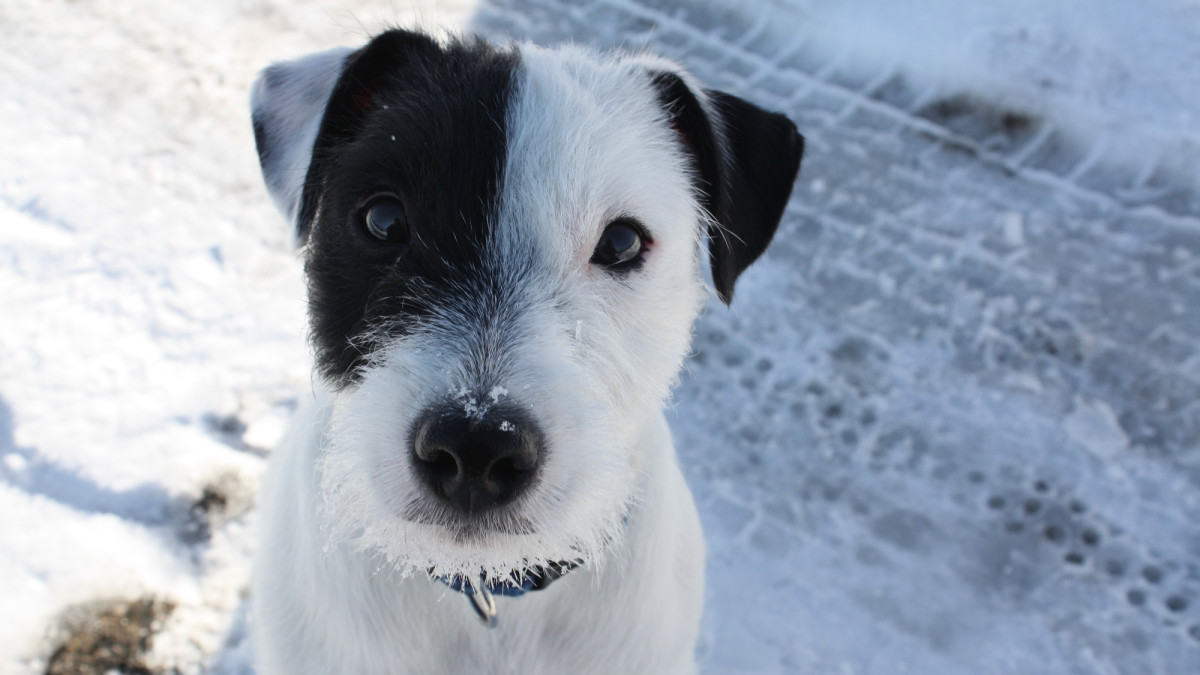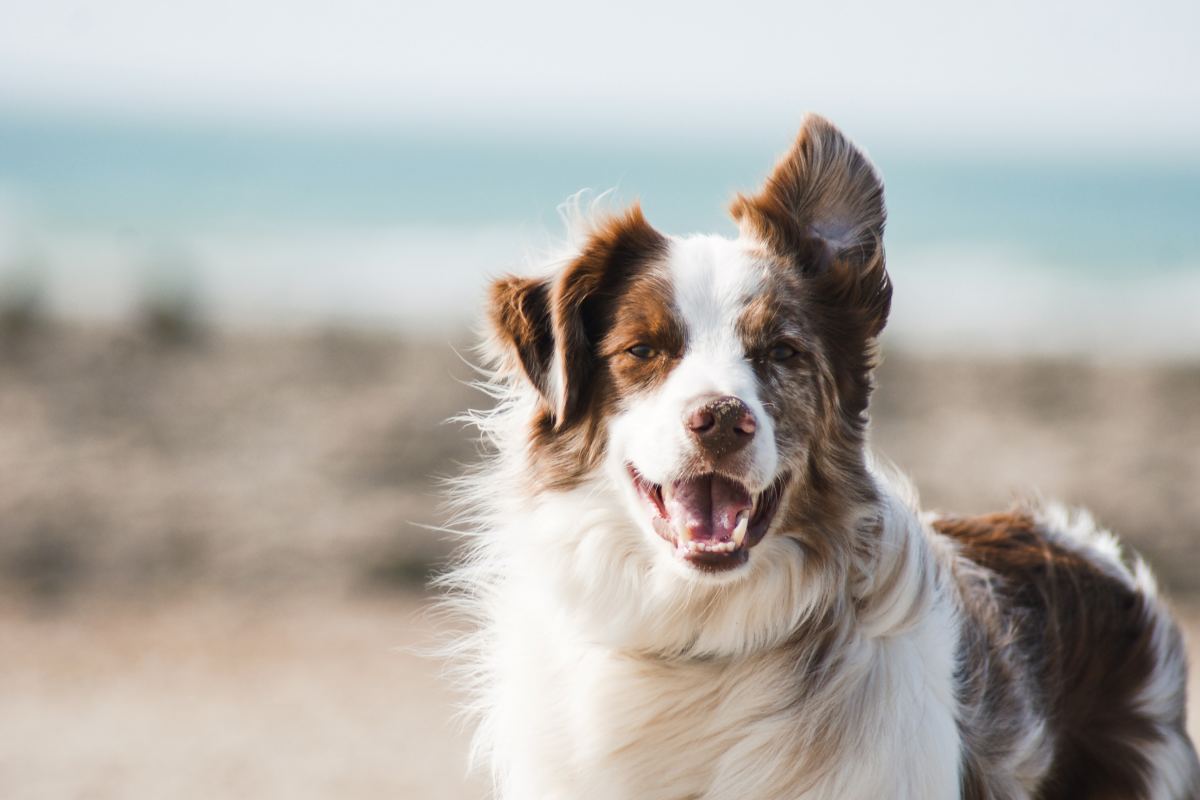Pet Collars, for Cats and Dogs
If you own a dog or cat, chances are you are going to need a collar for your pet. Cats that spend time outside will need a collar to hang identifying information on in case they wander too far and become lost. A tag with the cat’s name and your home phone number lets people who find your cat contact you. Although many people do not put collars on their cats, it is usually a good idea to do so.
If you own a dog, you are definitely going to require a collar. Not only will you want to hang your dog’s identifying information on the collar in case it becomes lost or is picked up by animal control, it is also likely that your city requires rabies and other vaccinations for your dog. Just as important will be to have a collar for your dog so that you can attach a lead to it to take the dog on walks.
With either kind of pet, cat or dog, it is important to know how to purchase a collar that fits right. This is both for your convenience as the pet owner and also for the safety of your pet. Collars that are too loose or too tight can seriously injure your pet or even lead to its death.
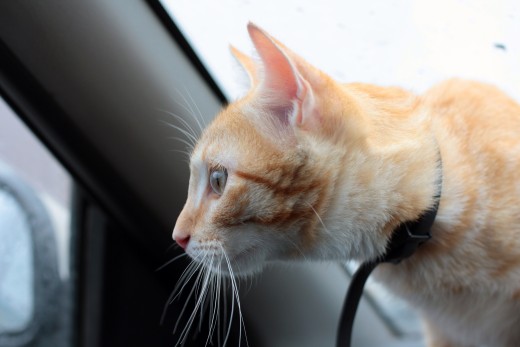
How to Fit a Pet Collar
To make sure your dog’s collar fits properly, first measure the dog’s neck with a tape measure and add two inches to that measurement to obtain the general size of the collar you will need to purchase. Most pet collars you will purchase will be adjustable, so once you have placed the collar around the dog’s neck, adjust it so that you can comfortably fit two fingers between the animal’s neck and the collar. This two finger rule is also applicable to cats.
You want to make sure that the collar for your pet is not too tight to cause restrictions in the animal’s breathing, as this can be very dangerous for your cat or dog. On the other hand, the collar should hold secure and not slip over the head of your pet. This will prevent your pet from losing its identification tags. At the same time, it can be very dangerous to have a collar loose enough that your cat or dog can fit its front leg under the collar and get it stuck that way. Pets have been seriously injured in that manner.
Types of Cat Collars
For the most part, there will only be one kind of collar you will buy for your cat. Cat owner’s rarely walk their pet cats, so the various types of collars used to leash train a dog aren’t available for cats. Cats do not respond to this type of training anyway, and chain slip collars or spike collars should never be used with cats. On occasion, cat owners will buy harness type collars for walking their cats.
Nylon collars are excellent for cats as they are light weight and do not absorb water. The best collars for cats snap closed with plastic snaps, which can be released easily if the collar gets hooked or snagged on something. Some owners like to put bells on their cat’s collar to serve as warning for birds.
Once you buy the items you need, you can buy the rest of the items you need for your cat at CordialCat.com, such as natural supplements for your cats.
Types of Dog Collars
In addition to the standard type of dog collar that comes usually in nylon or leather and buckles or snaps closed at the throat, there are a few other types of collars used to make walking easier or to train dogs not to pull on their leads. Standard collars work well for many dogs, especially those more mature and less rambunctious.
Harness collars, which fit around the chest of your dog and then around its shoulders, are preferred by many dog owners for the added security they afford and because they do not restrict air to the windpipe. These collars are much more difficult for the dog to slip free from. Some harness collars, which are sometimes called halter collars, also slip around the dog’s nose and are attached to the lead below the chin. When you pull down on a harness collar, the dog’s head is pulled as well, giving you added control over your pet.
For leash training, some people like to use a chain slip collar that puts pressure on the dog’s throat and neck when it pulls on the lead. The most effective way to use the chain slip collar is to provide a brisk tug on the lead that tells the dog it should not be acting as it is. The other type of collar used for leash training is the spike collar, which has blunt prongs situated on the inside of the collar next to the dog’s neck. When the dog pulls too hard, the prongs create an uncomfortable pressure around the neck. Generally speaking, chain slip and spike collars should be used only temporarily while leash training your dog.
Want more articles about your dog or cat? Check out the following:
- Catnip Seeds
Anyone who has a cat knows how much fun it is to give their pet a bit of fresh catnip. With just a few leaves of catnip... - Catnip Toys for Your Cat
Many cats really love catnip. These cats become very playful under the influence of the herb. They begin to run around the... - Catnip Plants
Most of us are pretty familiar with the catnip we buy from the supermarket or pet store to give to our cats. The catnip we buy... - Cat Grooming Supplies
When it comes to their cat, many pet owners do not consider the importance of grooming. You think about giving your dog... - Cat Towers for Your Cat
Cats are naturally playful creatures. They will spend much time playing with a toy mouse, a dangling string, or a marble you...




